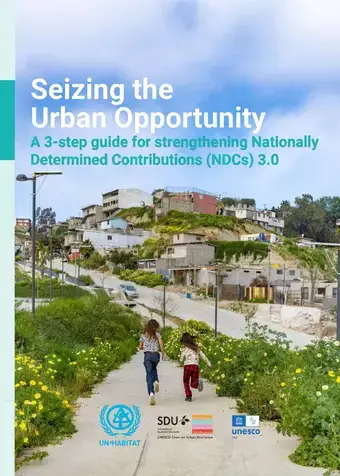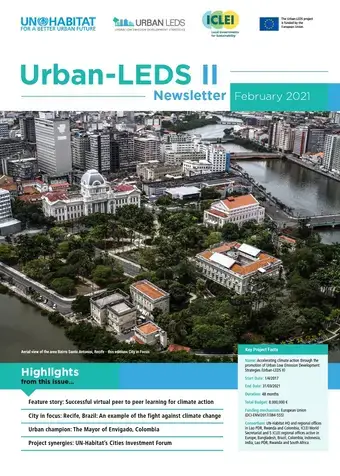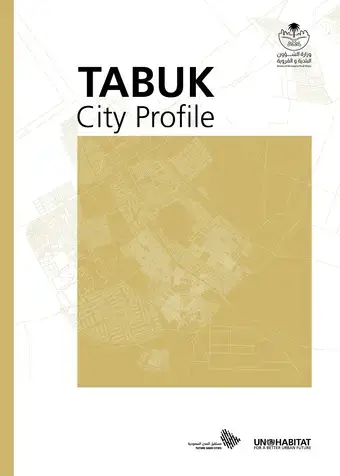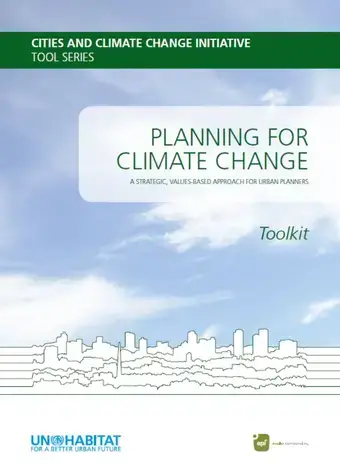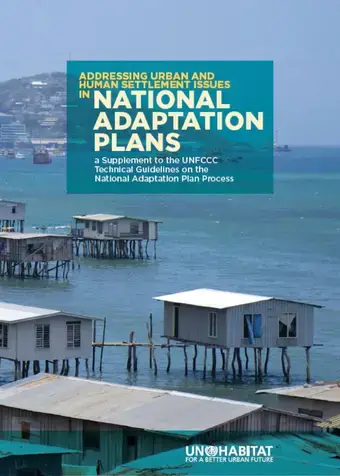 The Cities and Climate Change Science Conference (co-sponsored by Cities Alliance, C-40, Future Earth, ICLEI, Local Governments for Sustainability, SDSN, UCLG, UN-Habitat, UNEnvironment and WCRP) took place in Edmonton, Canada in March 2018. It brought together practitioners, policy makers and scientists to develop a global research agenda for “advancing the science we need for the cities we want”.
The Cities and Climate Change Science Conference (co-sponsored by Cities Alliance, C-40, Future Earth, ICLEI, Local Governments for Sustainability, SDSN, UCLG, UN-Habitat, UNEnvironment and WCRP) took place in Edmonton, Canada in March 2018. It brought together practitioners, policy makers and scientists to develop a global research agenda for “advancing the science we need for the cities we want”.
International Conference on Climate Change and Cities - Proceedings document
International Conference on Climate Change and Cities - Proceedings document
 The Cities and Climate Change Science Conference (co-sponsored by Cities Alliance, C-40, Future Earth, ICLEI, Local Governments for Sustainability, SDSN, UCLG, UN-Habitat, UNEnvironment and WCRP) took place in Edmonton, Canada in March 2018. It brought together practitioners, policy makers and scientists to develop a global research agenda for “advancing the science we need for the cities we want”.
The Cities and Climate Change Science Conference (co-sponsored by Cities Alliance, C-40, Future Earth, ICLEI, Local Governments for Sustainability, SDSN, UCLG, UN-Habitat, UNEnvironment and WCRP) took place in Edmonton, Canada in March 2018. It brought together practitioners, policy makers and scientists to develop a global research agenda for “advancing the science we need for the cities we want”.
UN-Habitat Thematic Guide Addressing The Most Vulnerable First: Pro-poor Climate Action in Informal Settlements
 One of the greatest challenges for climate change adaptation is how to build resilience for the billion urban dwellers who are estimated to live in what are termed informal settlements . These settlements have been built outside the ‘formal’ system of laws and regulations that are meant to ensure safe, resilient structures, settlements and systems.
One of the greatest challenges for climate change adaptation is how to build resilience for the billion urban dwellers who are estimated to live in what are termed informal settlements . These settlements have been built outside the ‘formal’ system of laws and regulations that are meant to ensure safe, resilient structures, settlements and systems.
Edmonton conference bridges gap between climate change science and practice
Edmonton, 8 March 2018 – A conference convened by the International Panel on Climate Change (IPCC) and co-organised by UN-Habitat has, for the first time, put the science behind climate change in cities at the centre of the debate around action.
Cities IPCC, hosted by the Canadian city of Edmonton, culminated with the establishment of a global blueprint to better understand climate change, its impacts on cities, and the critical role localities play in solving this challenge.
